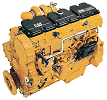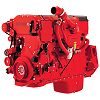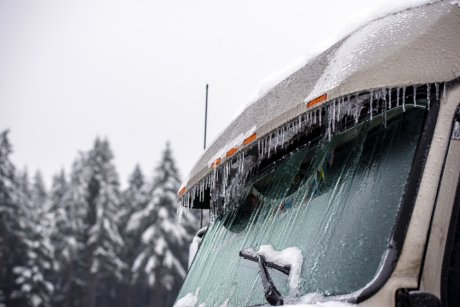9 Tips for Safe Driving in Construction Zones
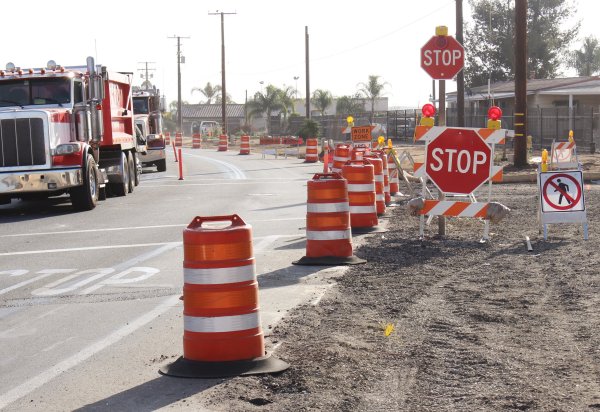 Preparation, attention and obedience to signs and signals are the keys to driving safely in construction zones. Travelling through work zones can be frustrating, but planning, patience and awareness can ease the strain and make these spaces safer for you and the workers and motorists around you.
Preparation, attention and obedience to signs and signals are the keys to driving safely in construction zones. Travelling through work zones can be frustrating, but planning, patience and awareness can ease the strain and make these spaces safer for you and the workers and motorists around you.
As a professional driver, handling the tense atmosphere of a construction zone is an important job responsibility. Here are nine tips to help you steer clear of accidents:
1) KNOW WHERE WORK ZONES ARE AND PLAN ACCORDINGLY
Use every tool at your disposal—apps, GPS systems with traffic information, routing and mapping software, DOT websites, radio traffic advisories, etc.—to find work-zone locations.
The average first warning before a work zone is only 1,500 feet (20 seconds at highway speeds), according to J.J. Keller’s “Extreme Road Work” safety video. Avoid major construction areas with route changes, when reasonable. If avoidance isn’t an option, plan your trip so you travel through work zones during off-peak hours—and give yourself extra time.
2) PREPARE YOURSELF PHYSICALLY AND EMOTIONALLY
Staying alert and calm is always important when driving, and you need to be on top of your game when travelling through a work zone. Get enough rest beforehand, and prepare to be patient. Work zones and road rage are a common and particularly dangerous combination.
 3) APPROACH CAUTIOUSLY
3) APPROACH CAUTIOUSLY
Slow down, pay close attention to work-zone signs and flaggers, and be ready to follow workers’ traffic directions. Constantly scan your mirrors for vehicles trying to overtake you, noting when they enter blind spots.
4) DETERMINE WHAT SPEED IS SAFE
Road and weather conditions always should be taken into account. In work zones, safe speeds—especially for tractor-trailers—could be well below the posted limit depending on activity level and the proximity of workers to travel lanes. Many veteran drivers with excellent safety records say they drop their speeds to 5-10 mph below posted construction-zones limits.
5) BE ON THE LOOKOUT FOR WORKERS AND EQUIPMENT
Construction equipment can move unexpectedly into travel lanes, as can workers who forget their positions. If you don’t see the workers, always assume they are present, even on weekends and at night. Also look for tools such as shovels and rakes that could be in traffic lanes.
6) BEWARE OF “CHOKE POINTS”
Merging is one of the biggest hazards in work zones. Traffic often funnels from many lanes to one or two, creating a “choke point” where tempers flare. Drivers often continue to pass, creating jams and increasing accident risks. Anticipate this behavior, and drive courteously yourself.
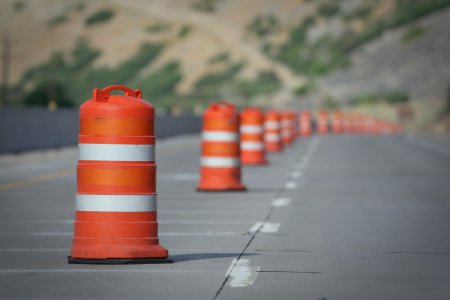 7) EXPECT NARROW LANE WIDTHS
7) EXPECT NARROW LANE WIDTHS
Most temporary construction lanes are designed for typical passenger vehicles and might not take into account commercial-truck widths. When concrete barricades are set up as lane dividers, know your maneuvering skills could be put to the test.
8) MAINTAIN A SAFE FOLLOWING DISTANCE
When other vehicles pass and pull in front of you,re-establish the safe distance by backing off.
9) CAREFULLY NEGOTIATE CROSSOVERS BETWEEN LANES AND DIFFERENT SIDES OF ROADWAYS
Crossovers can be bumpy and badly pitched, and there could be significant differences in road-surface height. Load shifts and rollovers are possible.

